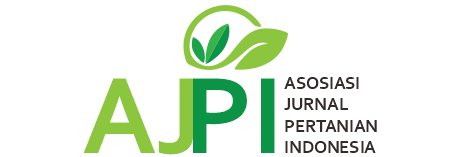Online Submissions
Online Submissions
Already have a Username/Password for Agricultural Science?
Go to LOGIN
Need a Username/Password?
Go to REGISTRATION
Registration and login are required to submit items online and to check the status of current submissions.
Download TEMPLATE and AUTHOR GUIDELINE














